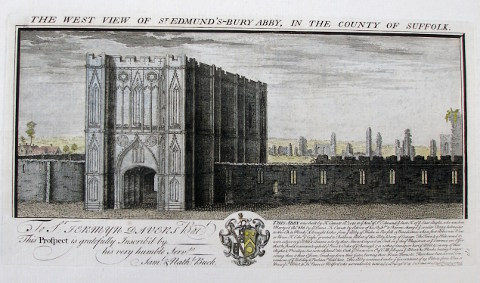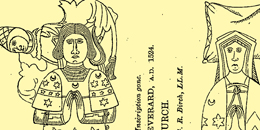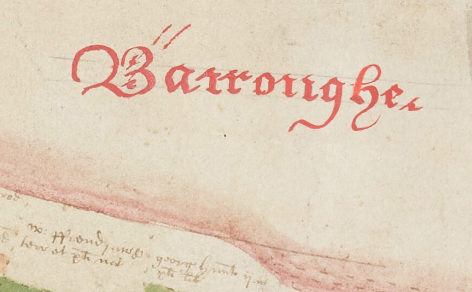AD 654–1539
Bury St Edmunds Abbey

King Sigeberht of the East Angles (d. AD 654) is said to have founded a monastery at Beadricesworth which received the body of St Edmund in the early 10th century and became a place of great pilgrimage called Bury St Edmunds. In 1020 the religious community was refounded as a Benedictine abbey and its first stone church was consecrated in 1032. It was endowed with great estates and became one of the wealthiest abbeys in England. In the 1090s Abbot Baldwin built a much grander church here which survived until the abbey was dissolved in 1539.
The Abbey ruins are now part of the Abbey Gardens :
http://www.stedmundsbury.gov.uk/sebc/play/abbeygardens.cfm
Further reading
Whittingham, A.B., ‘Bury St Edmunds Abbey: the plan, design and development of the church and monastic buildings’, Archaeological Journal vol. 108, 1951, 168-87.
Whittingham, A.B., Bury St Edmunds Abbey, English Heritage guidebook 1995
Gransden, A. (ed.), Bury St Edmunds: Medieval Art, Architecture, Archaeology and Economy, British Archaeological Association Conference Transactions 20, 1998.
Gransden, A., A History of the Abbey of Bury St Edmunds 1182-1256, Studies in the History of Medieval Religion 31, Boydell, Woodbridge 2007





